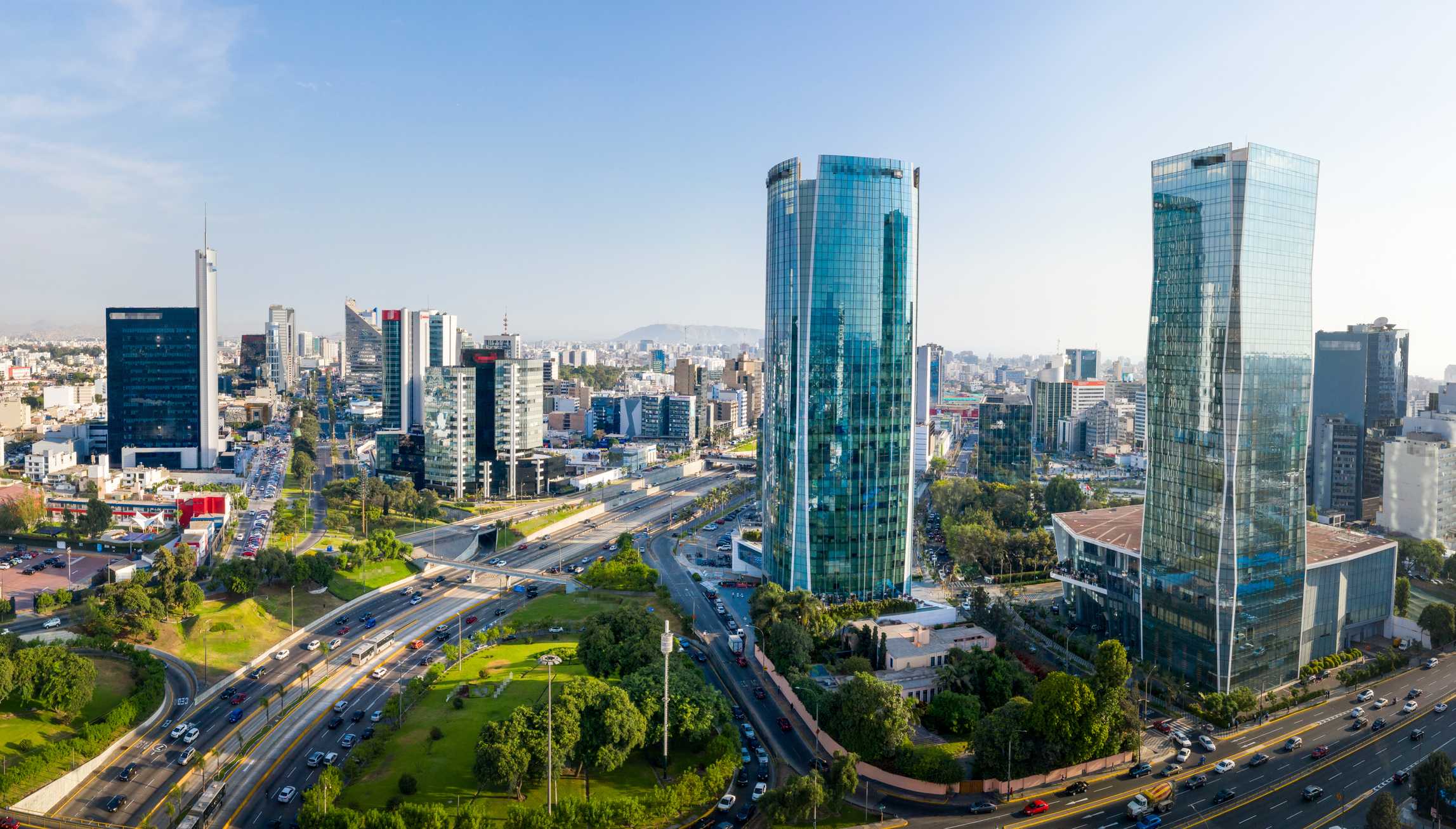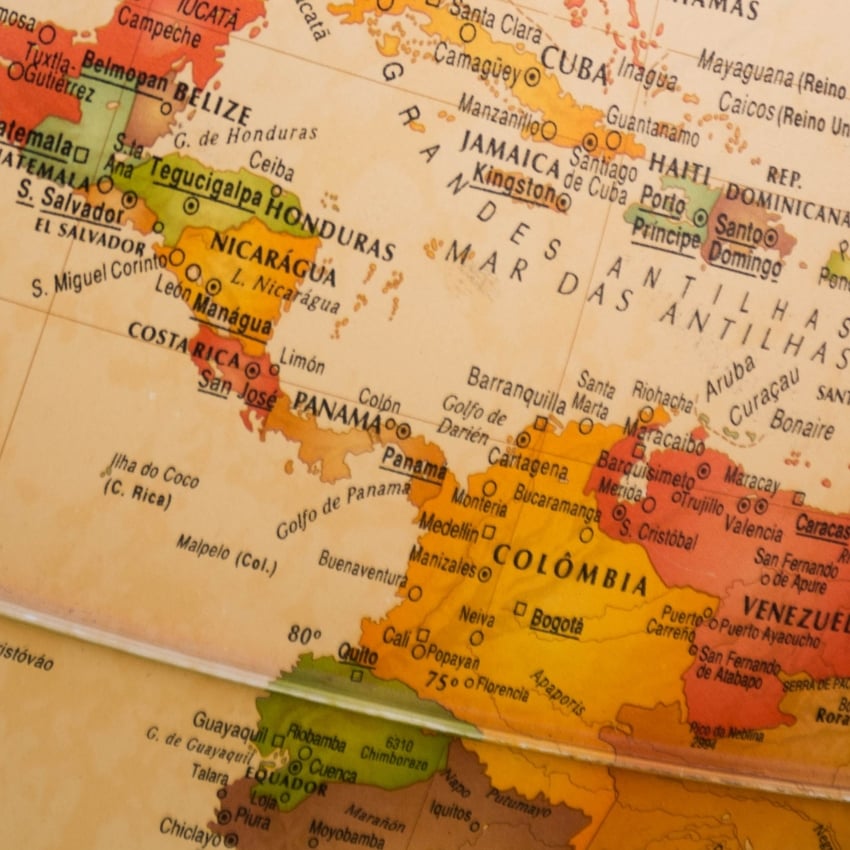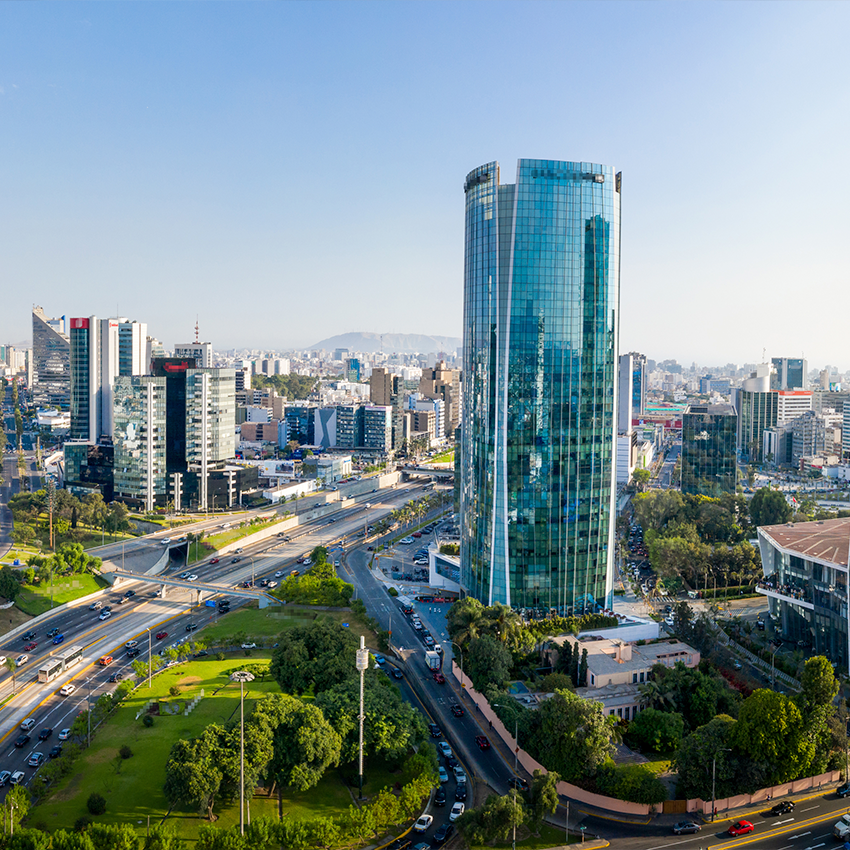There is no doubt that the Covid-19 pandemic has affected many aspects of society. The need to face the challenges and impositions imposed by it accelerated the globalization process, bringing with it more corporate mobility through technology.
All over the world, companies have expanded their activities, especially on the internet. And from this, they aimed to go beyond the countries’ borders in search of growth, as is the case of the promising Latam market, which carries out operations in Latin America.
In this case, some countries full of opportunities for investors who want to position themselves outside Brazil, the region’s main market, stand out. Peru’s economy is a good example of this, and that’s what we’re going to talk about in this article!
What are the main indicators of the Peruvian economy?
To contextualize, it is very important to understand the main indicators of Peru’s economy. Although somewhat unstable in the critical periods of the pandemic, it has been possible to see a significant recovery in recent months, which opens even more doors for foreign companies targeting this market. Check it all out below!
Peru’s GDP
Peru’s Gross Domestic Product (GDP) showed a growth of 11.4% in the third quarter of 2021 when compared to the same period in 2020. And, compared to the months of July to September 2029, the registered increase was 1.6%.
According to the Central Bank, the country’s economic activity gained strength as soon as health measures were relaxed in relation to Covid-19. From this, there was more space to resume consumption and investment habits.
Inequality
In 2005, 55% of Peru’s population was a victim of poverty. However, the country’s government implemented improvements in the social structure and drastically reduced its population in poverty. In 10 years, this decrease reached 50%.
In the period of the pandemic, the country also invested in programs to protect the vulnerable population and support businesses, which included money transfers, deferral of tax payments and credit guarantees for the private sector. Still, the economic slowdown and rising unemployment have increased the poverty rate by around 6% in 2020.
Sustainability
Peru receives support from the United Nations Industrial Development Organization (UNIDO) to implement sustainable productivity improvements in industries and industrial parks. They are implemented through pilot projects and strategic policy advisory services.
The country’s viable industrial parks do not only affect its productive capacity, but also have the potential to contribute to the general socio-economic development of the country and of Latin America as a whole, which also opens up new opportunities for foreign companies.
Why invest in Peru?
Some markets in Latin American countries have gained prominence when it comes to investing and entrepreneurship. The Mexican market, for example, now ranks first when it comes to the fastest-growing retail e-commerce.
In this scenario, Peru’s economy is not far behind. The country recognizes that development will only be possible with an intense digital transformation: for companies to adopt technologies that expand their potential, such as means of payment plugins for ecommerce and it distributed tax benefits.
In addition, Peru is the lowest risk country for investors. Peru’s Emerging Market Bond Index Global (EMBIG) stood at 1.83%, below the regional average of 3.92% in 2021.
Peru’s record is also very good: two decades of high growth, low inflation and economic stability have allowed the country to explore international credit markets at very low interest rates.
What are the challenges of the Peruvian market?
Peru’s economy is one of the fastest-growing in all of Latin America. In 2018 alone, the registered increase was 4% per year. However, with the recession caused by the pandemic, it has slowly recovered in some sectors, something that can be an obstacle to doing business in the country.
Peru has a favorable legal framework for foreigners, but it is extremely bureaucratic and tax demanding. Its main industries are mining, manufacturing, energy, petrochemicals, tourism and real estate.
The average Peruvian businessperson is also one of the youngest in the world, with an average age of 24 years. This can complicate matters for entrepreneurs who are closed-minded and unwilling to think outside the box.
How to differentiate your business from others?
So, after everything you have learned, do you know how to differentiate your business from the others in the country? The Peruvian market has consolidated companies and it will be necessary to insert yourself in the midst of strong competition.
Therefore, it is worth highlighting the importance of knowing the market well. That way, you can prevent deals from going wrong.
A case that fits this condition is that of Uber. Despite being the leader in car-sharing transport in Brazil, it chose to close UberEats’ operations in the country because there was not a good acceptance of the service amid strong competition with other applications.
Now, here’s what to do to avoid going through this kind of situation:
Count on expert partners
As much as you are equipped with good information about Peru’s economy, it will not be easy to reach this market without support. You will need the help and support of expert partners who understand how the country’s production chain works and connect you to the best options.
Not all partners focused in Peru are good for your business and you need to find industry leaders who, in addition to understanding the particularities of the Peruvian market, have experience and know-how to deal with international expansions, including fundamental processes such as accepting local payment methods and currencies.
Modify your processes
It will be necessary to modify your processes, mainly the more traditional ones. Your expansion is now international and technology is needed more than ever, especially regarding payment methods.
It is worth keeping an eye on trends in Latam payments to identify those that may apply to your business, such as real-time payments. Since each country in Latin American has its own local payment methods and tendencies, here it’s also fundamental to count on an expert partner that understands this market’s specificities.
So, did you enjoy learning more about Peru’s economy and the opportunities that the country offers for your business? If your intention is to undertake or invest there, remember that having strategic information is essential for a sustainable and successful expansion.
We can help you keep up to date. Subscribe to our newsletter and receive exclusive content on the subject directly in your email!





